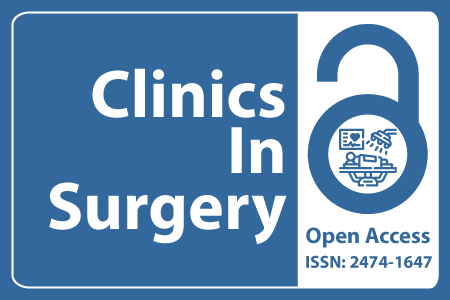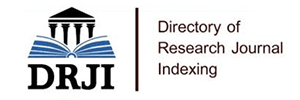
Journal Basic Info
- Impact Factor: 1.995**
- H-Index: 8
- ISSN: 2474-1647
- DOI: 10.25107/2474-1647
Major Scope
- Orthopaedic Surgery
- Urology
- Obstetrics Surgery
- Vascular Surgery
- Breast Surgery
- Thoracic Surgery
- Endocrine Surgery
- Neurological Surgery
Abstract
Citation: Clin Surg. 2017;2(1):1406.Research Article | Open Access
Autologous Breast Reconstruction Implant Augmentation (A.B.R.I.A.): Indications and Outcomes
Ryan E. Rebowe, J. Clayton Crantford, Austin Bond and Ivo A. Pestana
Department of Plastic and Reconstructive Surgery, Wake Forest University Baptist Medical Center, USA
*Correspondance to: Ryan E. Rebowe
PDF Full Text DOI: 10.25107/2474-1647.1406
Abstract
Background: Increasing numbers of young women with normal body mass index (BMI) are receiving autologous tissue breast reconstruction, often requiring a prosthetic implant to achieve their desired volume and symmetry. Our aim is to describe the technique of autologous breast reconstruction implant augmentation (A.B.R.I.A.) and its indications and outcomes to satisfy soft tissue implant coverage, volume, and contour problems in this breast reconstruction patient population.Methods: A single surgeon’s experience with consecutive patients undergoing A.B.R.I.A. over a four year period was conducted. Outcomes related to patient demographics, indications for surgery, operative procedure, implant type, size, location and timing of placement, and complications were analyzed. In addition, a PubMed MeSH database search for related topics to identify technique variables that may influence outcome of the procedure was completed.Results: Six patients who underwent eight breast reconstructions were included in the study. There were no implant or flap complications. The literature review identified seven reports reviewing 2341 breast reconstructions, 226 of which utilized A.B.R.I.A. including our series; these flaps had a flap loss and implant failure rate of 0.4% and 3.1% respectively. The rate of infection, seroma, partial flap loss, and hematoma are 3.5%, 1.8%, 6.1%, and 3.1%.Conclusion: A.B.R.I.A combines the benefits of both prosthetic and autologous reconstruction including a straight forward secondary procedure, excellent implant soft tissue coverage, hidden donor site scarring, improved abdominal contour, and minimal to no donor site functional loss. This study demonstrates that autologous breast reconstruction implant augmentation has an acceptably low complication rate and can be a safe and effective option for optimizing breast reconstruction with autologous tissue.
Keywords
Cite the article
Rebowe RE, Crantford JC, Bond A, Pestana IA. Autologous Breast Reconstruction Implant Augmentation (A.B.R.I.A.): Indications and Outcomes. Clin Surg. 2017; 2: 1406.













